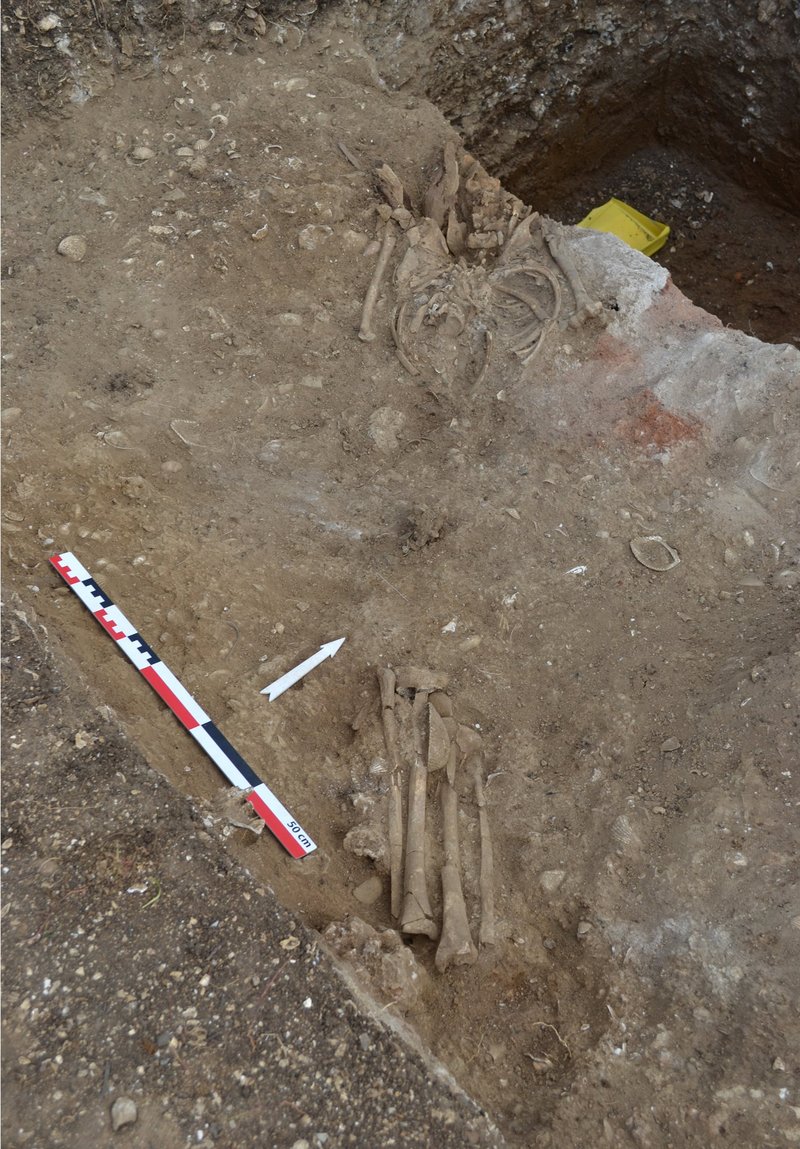Overview
The vast shellfish beds and sheltered palaeoshoreline of northern Tongatapu sustained one of the densest human populations anywhere in the ancient Pacific world1. Rescue excavations at the Talasiu shell midden site have identified a burial ground holding the remains of more than 40 individuals who lived during the critical period of cultural and environmental change. The skeletal remains and contents of early sites are key to establishing the origins (biological and cultural), health and lifeways of the first Polynesians.
This project would fund the analysis of those human remains, and excavate and analyse archaeological material – shell midden, ceramics, exotics stone, marine and terrestrial fauna – from three adjacent early sites on Tongatapu, including new skeletal remains at Talasiu observed during site monitoring. High-resolution mapping (RTK-GPS) of the palaeoshoreline and AMS dating of stranded beach deposits will establish sea level at the time of human occupation, its rate of decline, and the challenges that a falling sea level had on the productive marine foods that supported early settlement in Tonga and other parts of the Pacific.
The Talasiu collection is of crucial importance as the only skeletal assemblage of early Polynesian remains. While a few early individuals have been recovered from Fiji and Tonga all other human remains from Polynesia date no earlier than 1200 yr BP.





